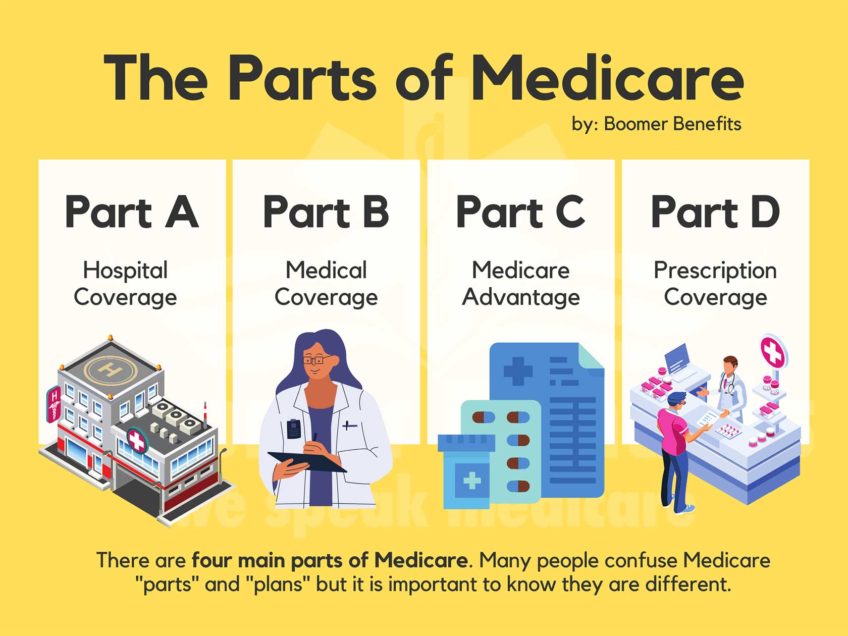
When it comes to cancer in women, breast cancer gets most of the attention. And rightfully so. It is the most common cancer in women, and, in spite of improvements in screening and treatment, it still is estimated to have caused the death of almost 41,000 women in 2018, according to the American Cancer Society.
There is another cancer, however, that seems not to garner much attention; yet, it should. Uterine cancer is the fourth most common cancer in women and the sixth most common cancer death. “Uterine cancer is one of the few cancers with increasing incidence and mortality in the United States,” as reported in a recent Morbidity and Mortality Weekly Report.
The incidence rates increased 12 percent between 1999 and 2015, while death rates increased 21 percent between 1999 and 2016. In comparison, breast cancer incidence rates began decreasing in 2000, and dropped by 7 percent from 2002 to 2003 alone.
The median age at diagnosis is 62, according to the National Cancer Institute (NCI). The media age at death is 70. The most common form of the disease is endometrial cancer, which affects the lining of the uterus. Sarcoma, a more aggressive form, on the other hand, affects the muscle.
Uterine cancer takes a toll on black women. While it is more common in both black and white women than other racial or ethnic groups, the death rate is two times higher in blacks. This disparity may be the result of the stage at diagnosis and type of uterine cancer. Black women are often diagnosed after the cancer has metastasized, or spread to other parts of the body. In addition, sarcoma is roughly twice as common in blacks.
Unlike colon and breast cancer, for example, there is no screening test for uterine cancer. Some people mistakenly assume that it can be detected by a Pap smear, but the smear tests for cancer of the cervix, which is the lower end of the uterus. Researchers at Johns Hopkins University School of Medicine, however, are studying whether a test called PapSEEK can detect some uterine and even ovarian cancers in the early and more treatable stages.
Uterine cancer does have a tell-tale sign, though. Vaginal bleeding between periods or after sex, or any unexpected bleeding after menopause is a common symptom. About 90 percent of women with uterine cancer report abnormal vaginal bleeding.
In most cancers, the development of symptoms is an indicator that the disease is advanced and harder to treat. That’s not the case in uterine cancer. The detection of blood is a warning, and if treated in a timely manner, can have positive outcomes. If uterine cancer is found early, a woman has a 95 percent chance of surviving for at least five years, according to the NCI. The five-year survival rate drops to 16 percent once the cancer has spread.
Two risk factors may explain the prevalence in black women ─ obesity and diabetes. More than half of uterine cancers are attributed to obesity, according to a study published in the Journal of Clinical Oncology. African American women are 60 percent more likely to be obese than non-Hispanic white women, and the prevalence of diabetes is almost double that in white women. The link between obesity and diabetes is well known.
It is clear that measures must be taken to reverse the rising trend in this cancer. Education is key. Dr. Nicolas Wentzensen of the National Cancer Institute said it well. “It’s a growing problem, but increased awareness and better early detection may improve endometrial cancer mortality going forward.”


![Banner [Virtual] Art Gallery](https://baystatebanner.com/wp-content/uploads/2024/04/Cagen-Luse_Men-at-store-e1713991226112-150x150.jpg)



